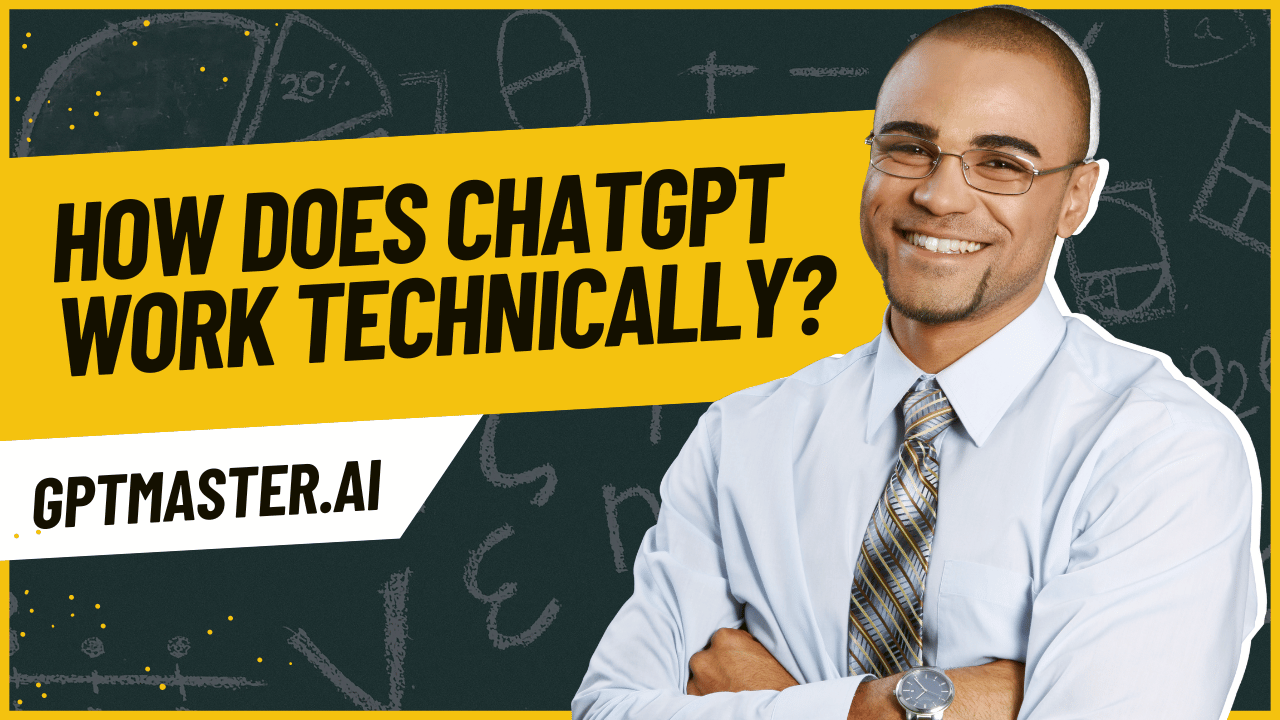ChatGPT, the brainchild of OpenAI, is a cutting-edge AI tool that harnesses the power of GPT language models to accomplish a wide array of tasks. Its capabilities range from answering questions and generating copy to drafting emails, engaging in conversations, explaining code in various programming languages, and even translating natural language into code. In this article, we will embark on a journey into the technical intricacies of ChatGPT, unraveling the secrets that make it tick.
See More : How Does ChatGPT Work in Simple Terms: Ultimate Guide
Fine-Tuning: Elevating the GPT-3 Architecture to New Heights
At the heart of ChatGPT lies the renowned GPT-3 architecture, an exceptional language model. However, ChatGPT takes it a step further by undergoing a meticulous fine-tuning process. This process involves training the model on a specialized dataset and optimizing it explicitly for conversational purposes. By setting ground rules and exposing it to diverse scenarios and extensive data, ChatGPT develops its own algorithms, resulting in responses that bear a striking resemblance to human-like conversation and context.
User Interaction: Decoding Queries and Crafting Responses
When users engage with ChatGPT, the AI endeavors to comprehend the prompts or queries presented to it. Through a sophisticated process, it analyzes the input text and generates responses by predicting the most suitable sequence of words based on its training data. Leveraging the knowledge it has acquired during training, ChatGPT weaves together coherent and contextually relevant responses.
To enrich the user experience, ChatGPT goes the extra mile by asking follow-up questions. This interactive approach enables it to seek clarification and gain a deeper understanding of the user’s intentions or the conversational context. By engaging in iterative exchanges, ChatGPT aims to provide more accurate and meaningful responses, forging a connection that mimics human conversation.
Also Read : Discover the Best Free ChatGPT Course: Explore Your Options for Mastering ChatGPT
Self-Attention Mechanism: Illuminating the Crucial Details
At the core of the GPT models, including ChatGPT, lies the self-attention mechanism. This mechanism converts tokens (units of text such as words, sentences, or other text segments) into vectors and calculates attention weights between them. By assigning these attention weights, ChatGPT can emphasize relevant information and contextual cues within the given prompt or conversation. This pivotal mechanism enables the model to understand the intricate relationships between different tokens and generate responses that are coherent and contextually appropriate.
Reinforcement Learning: Elevating the Art of Response Generation
ChatGPT harnesses the power of Reinforcement Learning From Human Feedback to continuously refine and enhance its responses. This innovative technique trains the model to follow instructions with the aid of human feedback. Initially, the model undergoes fine-tuning using supervised learning, where AI trainers provide conversations and responses as examples. These trainers also have access to model-generated suggestions.
To take it a step further, comparison data is collected by having multiple AI trainers rank various model responses based on quality. This data is then employed to create a reward model, enabling reinforcement learning to come into play. Through this iterative process, ChatGPT learns from human feedback and elevates the quality of its generated responses, pushing the boundaries of AI-powered communication.
FAQs: Navigating the Curiosities
Now, let’s delve into the frequently asked questions surrounding the technical workings of ChatGPT:
Q: How does ChatGPT differ from traditional chatbots?
A: Unlike traditional chatbots, which often rely on predefined rules or pattern matching, ChatGPT operates on a sophisticated language model rooted in the GPT-3 architecture. This enables ChatGPT to generate responses that are more contextually relevant and natural, thanks to its vast training data and the self-attention mechanism.
Q: Can ChatGPT tackle complex queries or technical subjects?
A: ChatGPT has been trained on a wide range of topics and possesses the capability to understand and generate responses on various subjects. However, its knowledge is based on the data it was trained on, which has a cutoff date. While ChatGPT can handle many complex queries and technical topics, it may not have the most up-to-date information beyond its knowledge cutoff date.
Q: How does ChatGPT address biases or inappropriate content?
A: OpenAI has implemented guidelines and policies during the fine-tuning process to mitigate biases and filter out inappropriate or harmful content. Nevertheless, it’s important to note that the model’s responses are generated based on patterns learned from the training data, which can still contain biases or produce responses that may not align with everyone’s preferences. OpenAI actively seeks user feedback to improve the system and address any biases or concerns.
Q: Are there any limitations to ChatGPT’s capabilities?
A: While ChatGPT is an impressive language model, it does have its limitations. Occasionally, it may produce incorrect or nonsensical responses, especially when faced with ambiguous queries or unfamiliar topics. To ensure accuracy, it’s crucial to review and verify the information provided by ChatGPT. Moreover, despite efforts to mitigate such issues, ChatGPT may sometimes respond to harmful instructions or exhibit biased behavior.
Conclusion: Unleashing the Power of ChatGPT
ChatGPT, built on the formidable GPT-3 architecture, stands as a testament to the marvels of language models. Through fine-tuning and the self-attention mechanism, it conjures contextually relevant responses that bridge the gap between humans and AI. With its continuous learning through reinforcement from human feedback, ChatGPT strives to enhance its performance. Nonetheless, as with any technology, it carries certain limitations and potential biases, which OpenAI actively addresses to ensure safer and more reliable interactions with AI.

